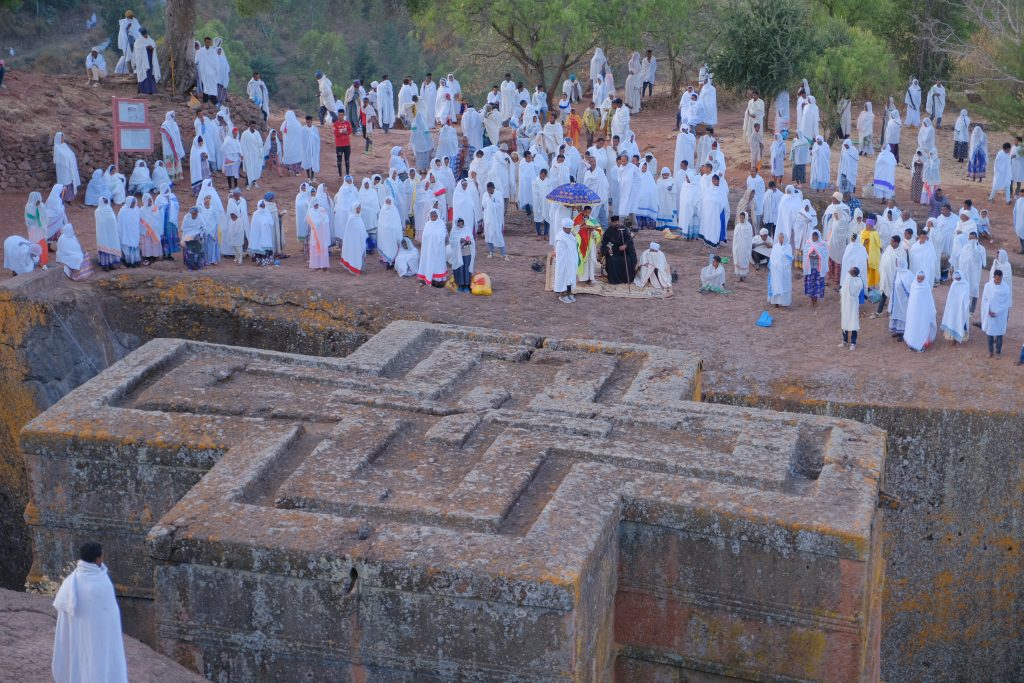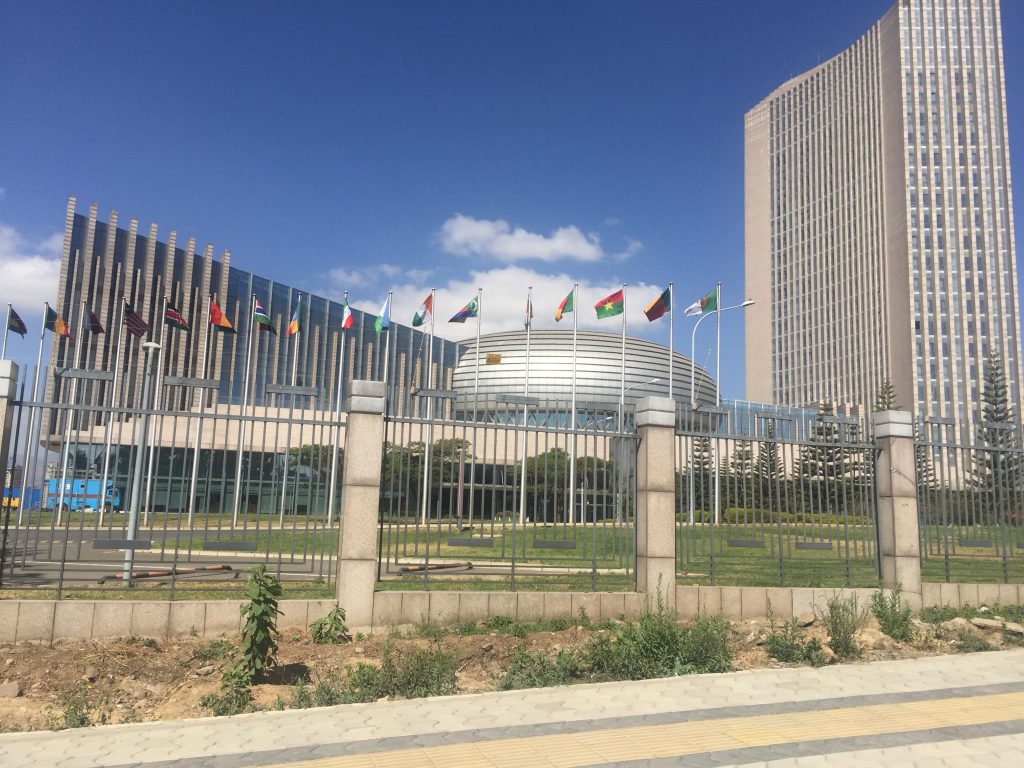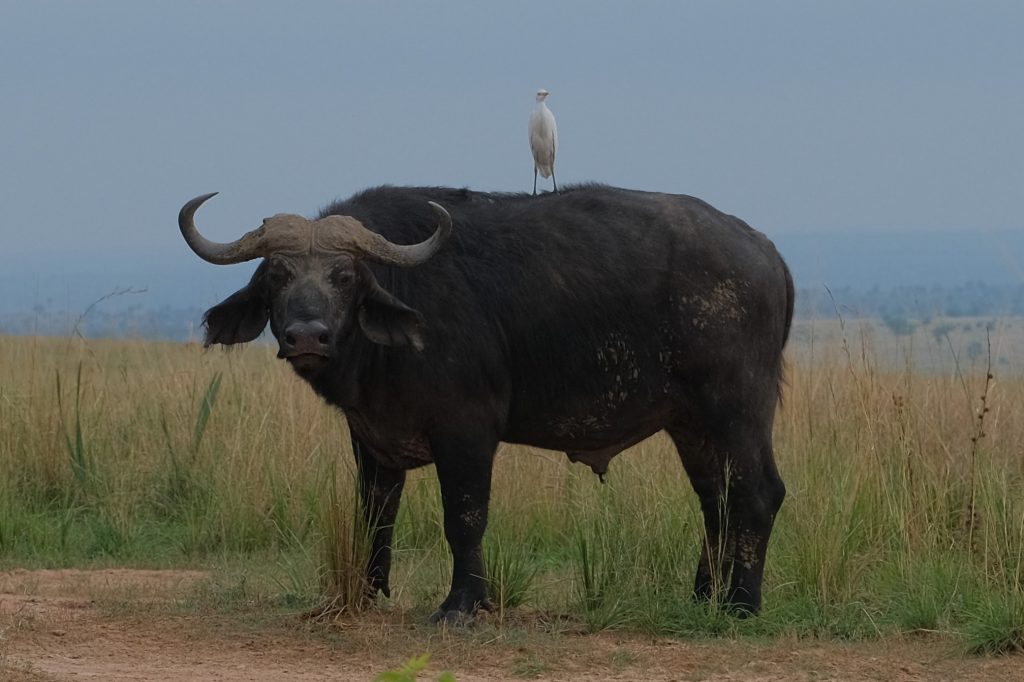
March 7 2020
By Annelise
The different regions of Ethiopia create a colorful cultural identity just like the spice mixes in the tasty dishes. “What is this spice I taste”? “Oh it is really ten different spices and peppers finely ground”. My favorite Ethiopian plant is not a spice though. I am forever indebted to Ethiopia for discovering the most holy purpose of the coffee bean. Here coffee ceremonies are important to honor connections between friends and community, not just for the magical caffeine to keep you alert though infamous traffic that seems to warp time.
I was asked this weekend by a fellow traveler on our historic tour of the North of Ethiopia if I was aware of Ethiopian time. “You know they do not begin counting the hours from midnight till 6 am while people are sleeping as morning; at 6 am they call it 1 o’clock.” If you are going to the airport at 10 o’clock you will be told to be ready by 4. This is not really official with regard to the world clock but it is the way time runs here. Even so, you may miss your flight because the plane may decide to take off down the runway 30 minutes early.

The one reliable time-keeper appears to my the Imam calling followers to prayer in the early hour before dawn. Religion and history are tied close together here. Our tour of the north took us to Axum, then Lalibella, then Gonder and back to Addis following the successive seats of power since 1000 BCE in present day Ethiopia. Aside from the swarms of tuk tuks and gangs of Toyota Hilux and tourist vans, the towns of Axum and Lalibella feel like a step back to biblical time. Children herding goats and sheep in the hills and taking them to market. Donkeys balancing heavy loads and simple horse drawn carts weave through the cobble streets. Men, women and children in gauzy white shawls stream to and from Church. The hills are dotted with stick and clay houses with corrugated tin or straw roofs, mounds of golden hay reveal who owns oxen or donkeys. The hills are very dry this time of year, parched cut stalks of harvested grain hold the soil in the terraces until the rains come back. Goats examine thistles for tender leaves, the sun drives most creatures to shade by late morning. It was not hard to imagine Queen Sheba arriving back to Axum from visiting King Solomon in Jerusalem, Warrior Queen Judith laying waste to Axum and the Christian countryside, the Zagwe King Lalibella returning from Petra and Jerusalem to commission the rock hewn churches as an alternative pilgrimage site when Jerusalem was under Byzantine control.


Despite the fact that Ethiopia appears to be in the cradle of Homo Sapien development and Ethiopia’s strategic position on the continent of Africa, it has not advanced as much as it could have. When Gonder was finally chosen by King Fasilides for his kingdom seat in 1615, he built a castle that was no rival to Versailles. Even as Addis Ababa has been home to the African Union for decades, it is straining to develop enough to give many Ethiopians an opportunity to meaningfully improve their well-being. A new 42-story bank building overseas cattle being herded through major roundabouts and children and elderly begging at intersections. The currency has lost half its value in the past ten years and it is difficult for families to afford bread at 30 cents a loaf when the daily family income is the equivalent of $2-3. You can hear the frustration in the voice of the college educated van driver, or the Canadian surgical team that had to end their trip early due to lack of necessary supplies at the capitol’s main hospital, or the sobering report at Hamlin Fistula Hospital that there are nearly 10,000 Ethiopian women a year afflicted by this preventable condition. Everywhere you meet bright, creative, skilled and entrepreneurial people and the potential for this country to rise is immense. It seems that here, still, time is too slow; it is taking too long.

